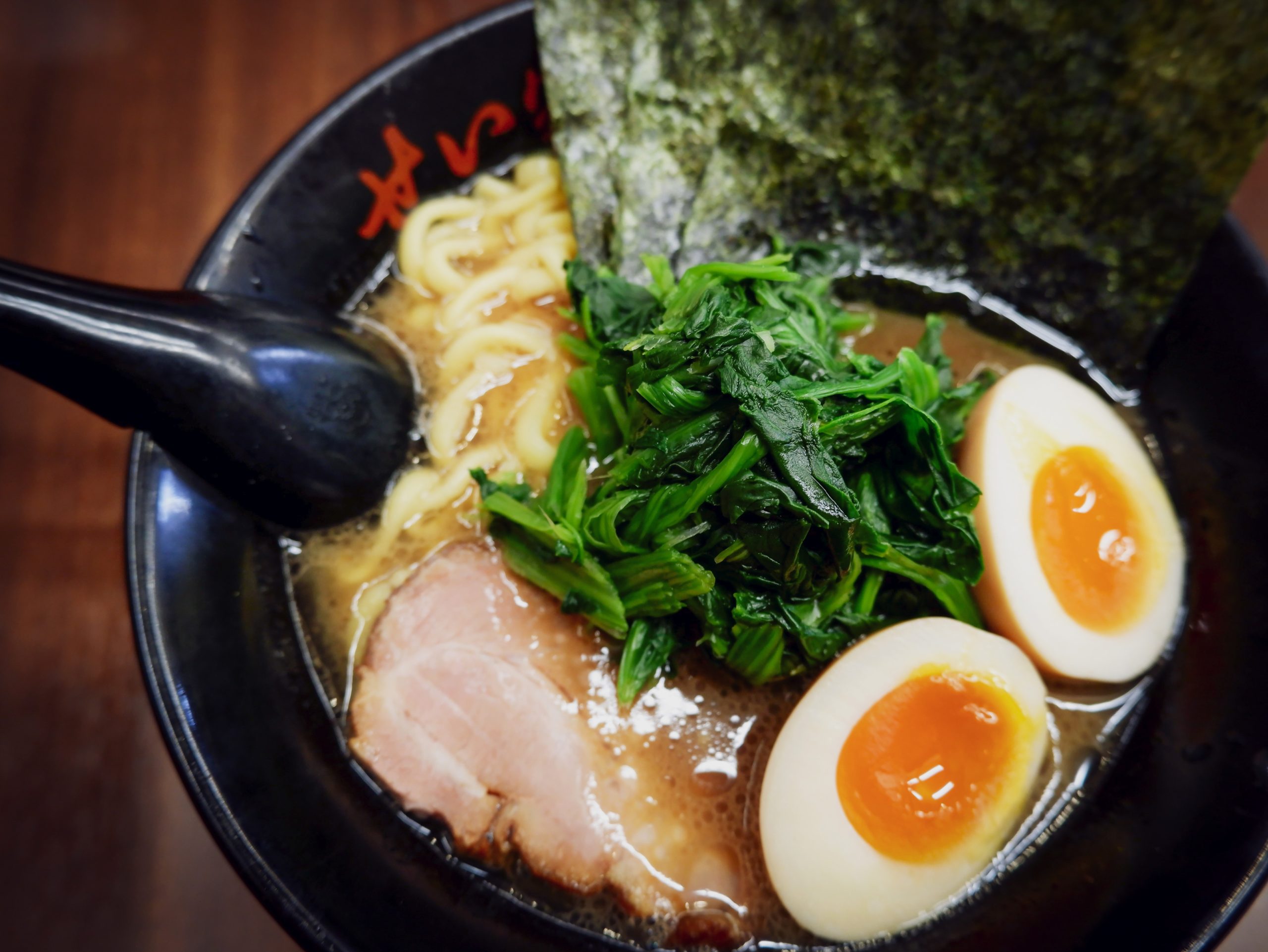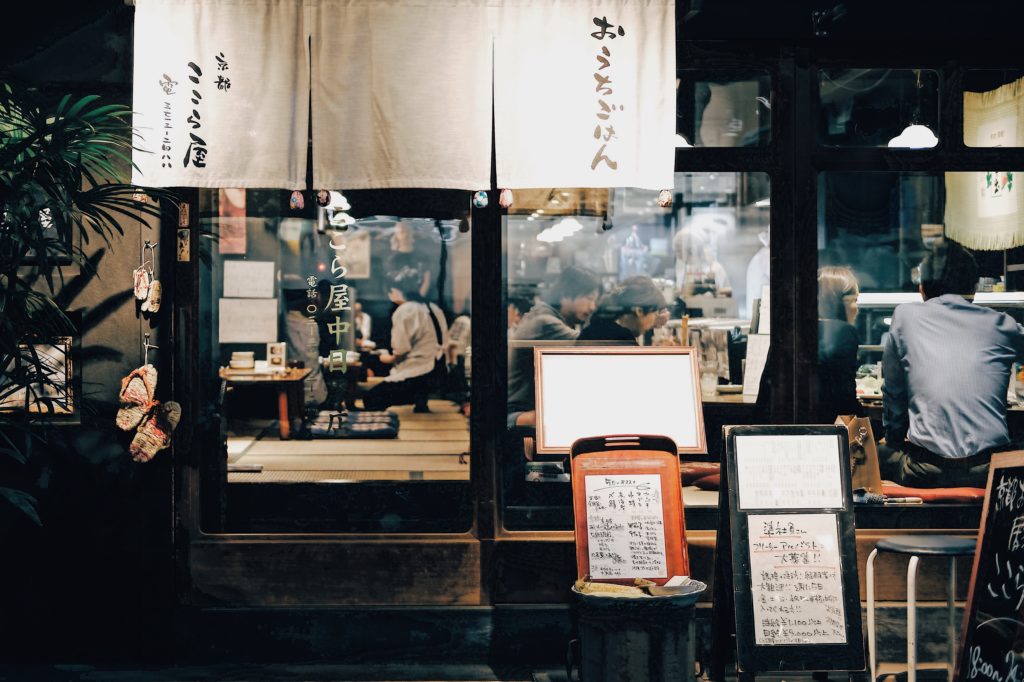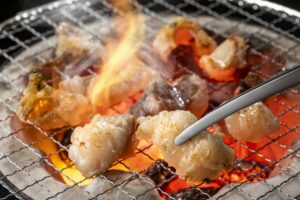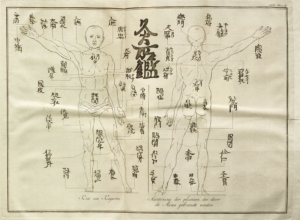Table for One in Japan: How to Enjoy Solo Dining

Ohitorisama means one person or Table For One. It has become a rapidly growing movement over the last ten years. There are an increasing number of mangas, TV drama series, and books about the Ohitorisama lifestyle. The solo life activities includes activities such as travel, camping, Onsen(a Japanese hot spring), Tabe-aruki (eating while walking), and much more. Specifically, Japan’s Table For One culture is growing in popularity exponentially. Many Japanese people are dining alone regularly. They see foreigners who visit are thoroughly enjoying the experience and not frustrated to be alone. It’s solo diners’ heaven, as many foreign solo travelers exclaim, “the Japanese food experience is one of the best memories of Japan.” There are so many choices, and it’s so convenient to solo.
How to Enjoy Solo Dining in Japan
In Japan, many places welcome and serve those who like to dine solo. Restaurants commonly accept reservations and offering long benches, communal tables, and window seating for the solo diner. There are many easy & casual dining options, such as dozens of unique fast-food chains, ramen shops, and cafes that are often filled with single customers. Some places include Izakaya (casual Japanese bars that serves alcoholic drinks and bar food). They provide the best seat for individuals at the counters. In many instances, solo diners don’t need to face others while enjoying their alone-time. There is no obligation to sit with others.
Today most Japanese tourists areas offer English menus for non-Japanese speaking customers. However, it’s always useful to research menus before entering. We recommend people to always carry some cash. Most places do accept credit cards, but some great cheap street food and Izakaya places are cash-only. Typically, Japanese tend to be a bit shy, but are friendly. Try to ask the staff and another solo customers, “can you please tell me about this item?” if you find any curious & unknown dishes on the menu. One small tip at a restaurant is to place a personal inexpensive belonging, such as a jacket or cap, when you leave your seat to use the restroom. That’s the universal sign on your place that kindly says “Reserved”. In Japan, it is common to see customers leave their personal belongings at the restaurant table or seat unattended to mark their place.

Why is the Table For One culture popular in Japan? Do Japanese people like to eat alone?
We love sharing food with others, but sometimes eating alone is actually more comfortable and convenient. Many corporate employees work late (some work until midnight), especially during weekday. Thus, it is typical to see these people having dinner by themselves before going back to their home. Some researches say even married people do things solo occasionally. Our married members sincerely enjoy their self-partnered time which includes going to the theater, restaurant dining, and traveling alone.
A Little Bit of Japanese Food History…
In the Edo period, between 1603 and 1868, sushi, soba, tempura and unagi (eel) were considered fast-food items for business people. Mini food stands on the street served all manner of ready-made meals which become Japanese traditional dishes. This was also the beginning of Japan’s table for one & solo lifestyle culture. The Edo period is the origin of modern Japanese culture. Here are more articles about the solo lifestyle in the Edo period!







 Instagram
Instagram